Search
Search Results

Article
Greek Temples of Sicily
There are at least a thousand reasons to visit Sicily, the great island – indeed the largest in the Mediterranean – that forms the triangular football to the boot that is the Italian peninsula. They are all very good reasons, including amazing...
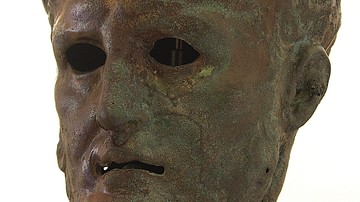
Definition
Brundisium
Brundisium (modern Brindisi), located on the Adriatic coast of southern Italy, was a Messapian and then Roman town of great strategic importance throughout antiquity. Although architectural remains are sparse, the city has several claims...
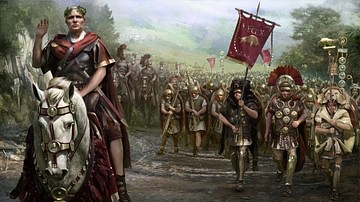
Worksheet/Activity
Romans vs. Carthaginians - Text & Labelling
This activity has been designed to fit a 20-30-minute slot for your class and is suitable for both online and classroom teaching, as well as homeschooling. Students have to label the illustrations of Roman and Carthaginian soldiers, based...

Definition
Roman Army
The Roman army, famed for its discipline, organisation, and innovation in both weapons and tactics, allowed Rome to build and defend a huge empire which for centuries would dominate the Mediterranean world and beyond. Overview The Roman...
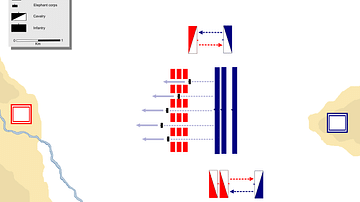
Image
The Battle of Zama - Elephant Charge
The Battle of Zama (202 BCE). Roman right wing charges and routs the Carthaginian cavalry, followed by the Roman left wing routing the Carthaginian right wing. Remaining elephants are lured through the lanes and killed.

Article
Roman Shipbuilding & Navigation
Unlike today, where shipbuilding is based on science and where ships are built using computers and sophisticated tools, shipbuilding in ancient Rome was more of an art relying on rules of thumb, inherited techniques and personal experience...
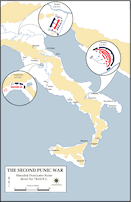
Image
Hannibal's Major Battles in Italy
A map showing the location of three of the most important battles won by Carthaginian general Hannibal against Rome during the Second Punic War between 218 and 201 BCE. Lake Trasimene in June 217 BCE, Trebia River in December 218 BCE, and...

Image
Hannibal Riding a War Elephant
An artist's impression of how Carthaginian general Hannibal may have appeared riding a war elephant.
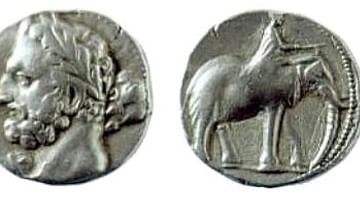
Image
Hamilcar Barca
Carthaginian silver dishekel. The head has been identified as Hamilcar Barca (c. 285 – c. 228 BCE). Minted in Carthago Nova, Spain, 237-227 BCE.
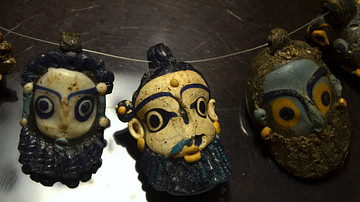
Image
Phoenician/Punic Necklace with Amulets
Phoenician or Carthaginian amulets in the form of bearded heads made of sand-core glass, 4th-3rd century BCE (Cagliari, Museo Archeologico Nazionale).